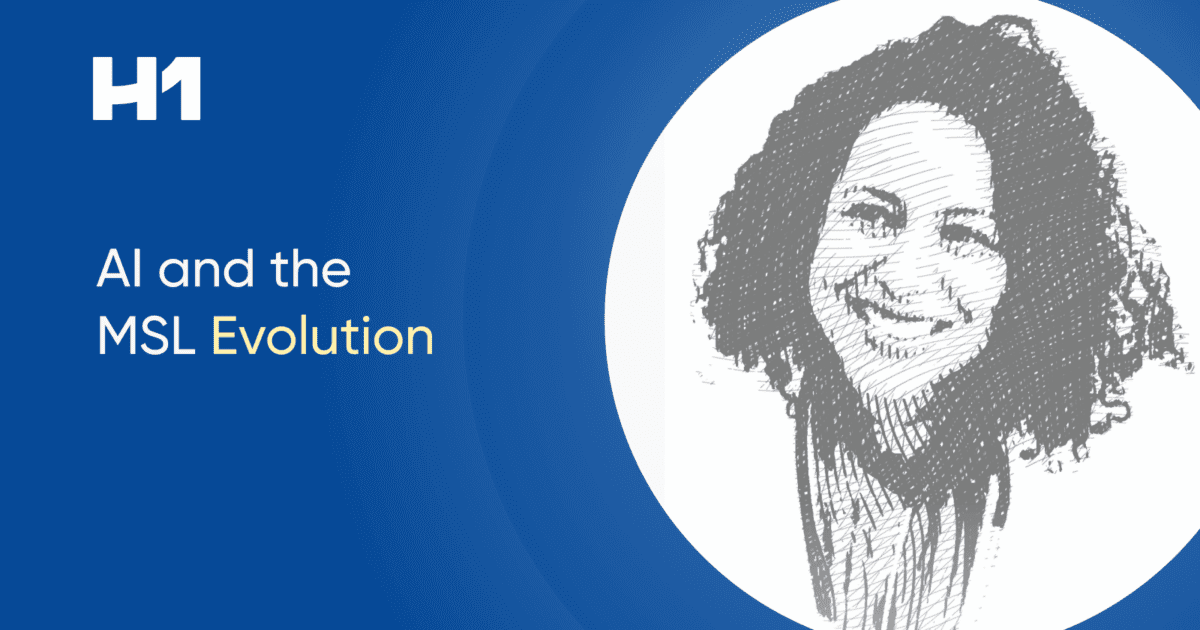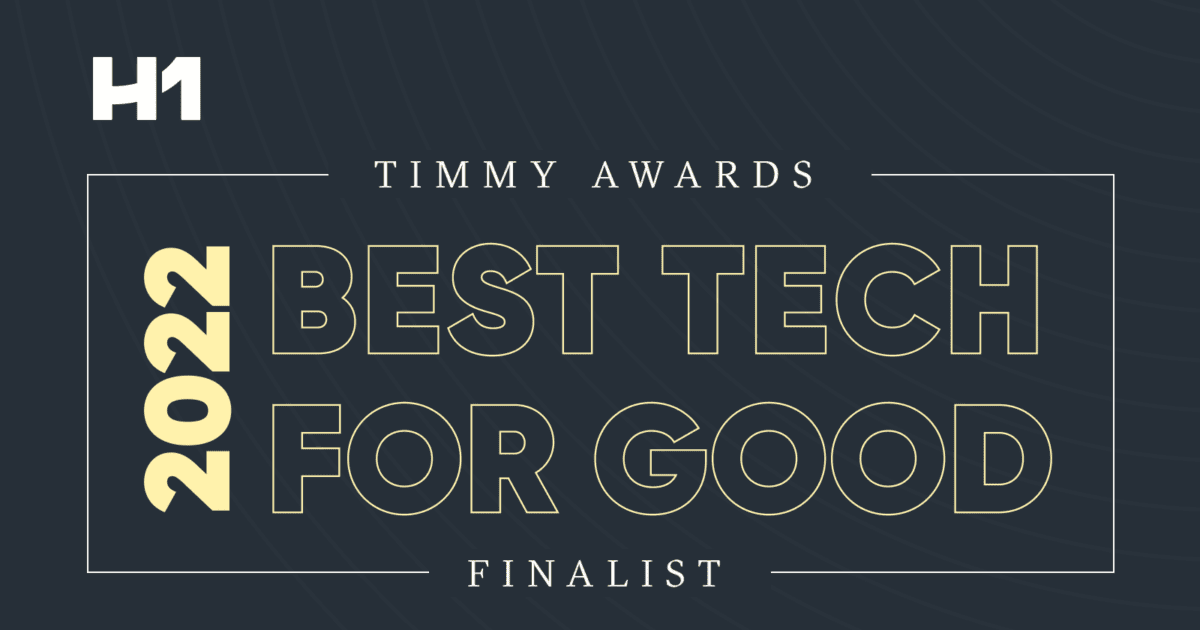AI and the MSL Evolution: What Time Has Taught Us

I recently had the chance to deliver the keynote address at the 2022 MSL Society Conference in Las Vegas. It’s been a transformative year for pharma and life sciences, specifically medical science liaisons (MSLs) and Medical Affairs.
This year, I wanted to talk about how machine learning and artificial intelligence (AI) will impact the world of MSLs, but I can’t help but think about where we were just a year ago. Last year’s keynote focus was: big data and the future of the MSL function.
I talked about how we needed reliable data to get to know our KOLs, plan for meetings, and optimize outreach and engagement. Meanwhile, the pandemic wore on and we continued to shift and exist in a digital and virtual world.
Well, so did the HCPs. But two things have changed: MSLs turned from from a data dissemination engine to a data generation and strategy engine.
MSLs are now sharing insights as well as driving decision-making and omnichannel strategy with data to drive their respective businesses forward. MSLs have become the place where organization-wide insights are generated and macro trends are noted. But now we know that peer to peer relationships don’t have to happen in person, and we can still discuss the science that drives bigger strategies so we can develop conversations based on surfacing personalized and customizable information and relationship building, even virtually.
The pandemic normalized digital engagement and a hybrid meeting cadence as in-person and virtual or all virtual. The output of the pandemic was a clarifying role on the importance of MSLs to understand the changing landscape of medicine.
In addition, during last year’s keynote, I was asked if I had a crystal ball – where would we be in 2022: I predicted data and insights would turn to personalized insights and here we are. One thing has not changed – it begins and ends with the KOL relationship.
The Next Generation of Tech for MSLs: More Than Data
Telehealth drove huge changes in how HCPs and clinical practices work. This helped to power virtual engagements for MSLs to operate more effectively and to efficiently prepare for KOL conversations. BUT even as the world gains experience with virtual engagement, a ZS medical affairs outlook report from 2022 finds that the KOLs’ comfort and satisfaction with virtual interactions with MSLs has dropped globally as compared to 2021.
Seventy-six percent of medical affairs personnel said that virtual engagements have not functioned properly when MSLs and KOLs meet for the first time. Fifty-six percent of KOLs in Canada said they were comfortable with remote engagements in 2022—down from 91% the previous year. KOLs in the U.S. expressed even lower satisfaction with virtual engagements compared to their peers in the EU and Canada. So the need to come to the interaction informed and prepared – virtual or not – hasn’t changed.
Think of Amazon’s personal recommendations and Netflix’s real-time alerts of shows or items that may interest you. An MSL has so much to keep up with. So, what can those same technologies layered with artificial intelligence and machine learning do to help? They can surface, curate and personalize insights.
For example, let’s say you have a meeting in one hour with a key KOL. Imagine being able to receive a real-time notification through your mobile app about their recent tweet and their upcoming congress presentation.
Where We Invest in Technology, We Will Make Impact
Who would have thought 10 years ago that MSLs could influence the cost of care and patient outcomes? We started by solving a data problem first and making sure all the information is accurate, trustworthy, and reliable.
According to the same study by ZS Associates, Medical Affairs leaders who were surveyed claim that medical analytics and, more specifically, AI and Natural Language Processing (NLP) are among their top areas of investments. In addition to scientific and therapy area training, the most desired attributes from future MSLs include the ability to use virtual tools and engage in value-based discussions.
In addition, medical affairs organizations are thinking about building customer-centric engagement models because responsiveness and agility in responding to KOL queries and co-creating solutions with healthcare customers are increasingly important. Forging relationships with patient advocacy groups (PAGs) will also be critical in the future: all things AI can empower MSLs to do.
You do it by injecting a dose of healthcare AI into medical intelligence in order to make the data actionable. This AI overhaul will ensure users can proactively find the best doctors related to scientific share of voice and treatment patterns and, on the horizon, it can expand to bigger trends and metrics like quality scores, STAR and HEDIS ratings, and readmission rates. It will create a better picture of care coordination and how MSLs can leverage their interactions for better treatments, lower cost and better patient experience – essentially the triple aim.
Example: If an MSL wants to identify the best medical professional for treating bladder cancer, AI can help identify the best doctor based on multiple factors, including patient surveys and hospital readmission rates, among other pertinent factors.
What big data did was provide a place for MSLs to go and search and find doctors for a specific field or treatment. What AI can do is identify and reach the right HCP in a given field of medicine to highlight and help drive evidence-based medicine in a personalized context to help with planning, strategy alignment and optimized engagement/interactions. With the machine learning libraries, we can learn from the data and make correlations for complex relationships.
Another example: If a patient searches for obesity, they don’t just want to find a doctor that specializes in diets; they want to find one who is relatable to that person’s needs. Now we can relate the data together to form a story and a bigger picture that the machine learning libraries learn from user behavior to drive relevance.
Examples of AI and Innovation in Action:
- Integration with Calendars (i.e., Outlook) and Proactive Mobile Text Notifications – A notification and alert framework that integrates with work calendars and provides proactive alerts and updates about HCPs before their next scheduled meeting. Signals include tweets, publications, congresses, and clinical trial data for initiating outreach.
- Smart Search and Discovery – A completely re-designed KOL network exploration interface that helps MSLs easily uncover HCP connections, identify HCPs that work well together, compare and contrast HCPs, and determine if HCPs meet certain criteria. Customizable, one-click search filters can reveal unique HCP segments like prolific publishers, early career influencers, and industry speakers.
- Digital Activity and Leadership Monitoring – Users can explore and understand an HCP’s social network in conjunction with their academic and research collaborations. AI-based technological algorithms can find Therapeutic Area (TA) digital opinion leaders (DOLs), specialized in individual areas of interest. Users can quickly identify DOLs within a given indication or TA and categorize through indexing of followers and other profile-level metadata to derive a digital leadership score.
The evolution of our application of AI, NLP, and Machine Learning IS going to transform the way we look at HCPs and for that matter – all of healthcare. And it will inform personalized information on global HCPs and KOLs and the patient populations they serve. Without this evolution, Medical Affairs teams and field MSLs are going to be forced to spend too much time and effort consuming, analyzing, and synthesizing data for each individual engagement. And the data may be outdated, incomplete, or overlapping. This results in lost opportunities to connect and cultivate relationships with the right medical experts. AI will change all of that.
The role of Medical Affairs teams has shifted from specializing in products and diseases to being stewards of scientific discourse and outcomes-based information. In the new digital era, where data is virtually limitless, in order to evolve, we will have to apply artificial intelligence and machine learning to turn billions of data points into prescriptive intelligence. Pharmaceutical and medical device companies can establish more efficient workflows, identify market signals that impact strategic decisions, and help medical field teams optimize every HCP engagement. This is our future – at our fingertips.
I think it’s safe to say we all have one mission here at H1: to make sure that the latest medicine is used on the right patients, so that patients get the right treatment.
When H1 launched, the biggest problem we had to solve was aggregating and collecting sources of information on medical professionals; now it’s with real-world data and how do we use AI to create the most personalized insights for MSLs to then take and use in order to connect with the exact right HCP to bring lifesaving treatments to patients.

 HCP Universe
HCP Universe Trial Landscape
Trial Landscape